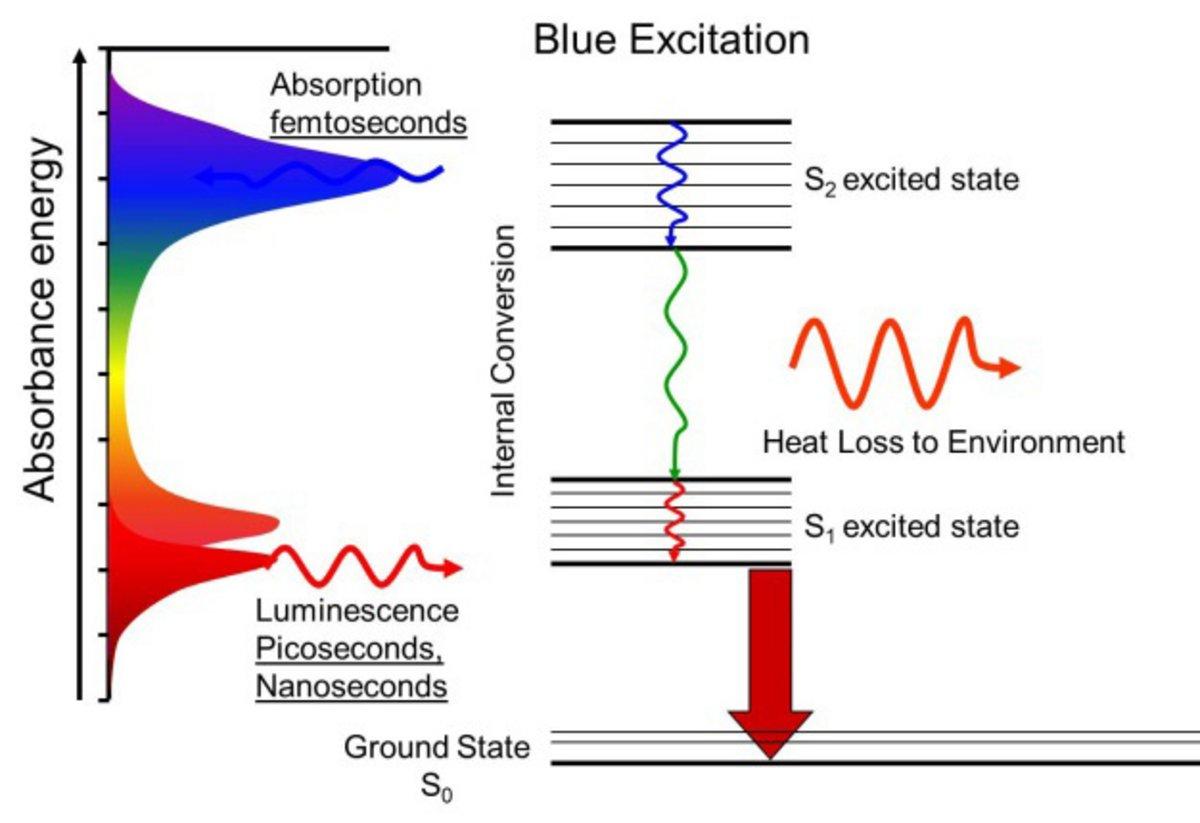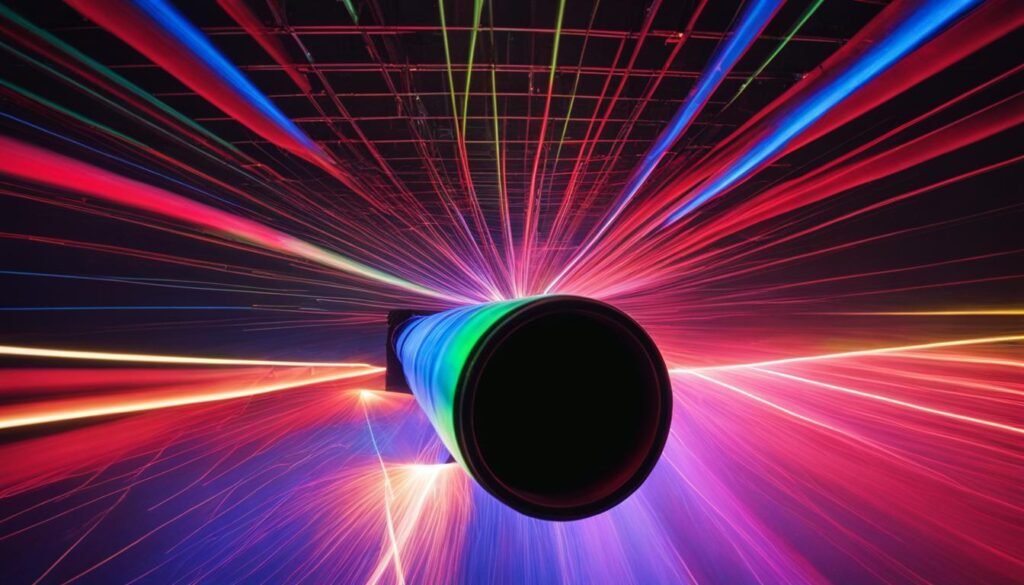Contents
Source: Wikipedia
Understanding Photoluminescence
Photoluminescence is a fascinating phenomenon where light is emitted by a material after it absorbs photons from an external light source. This process encompasses both fluorescence and phosphorescence, distinguished by the duration over which light emission occurs following irradiation. While the emitted light is often visible, it can also extend into the ultraviolet or infrared regions of the spectrum.
The Physical Basis of Photoluminescence
In materials such as semiconductors and dielectrics, photoluminescence typically requires light with photon energy exceeding the band gap energy. However, exceptions exist, such as multiphoton absorption at high optical intensities. The emitted light’s wavelength generally aligns with the band gap wavelength.
Photoluminescence can be influenced by the presence of specific dopants or impurities within a material. For example, in rare-earth-doped laser gain media, fluorescence occurs when these ions are excited by light, resulting in emissions across various wavelength bands. Sometimes, a single absorbed photon can lead to the emission of multiple photons through a cascade of transitions.
It’s important to note that photoluminescence can be quenched or suppressed if rapid non-radiative transitions occur, reducing the excited states’ lifetimes significantly.
Applications in Photonic Device Characterization
Photoluminescence serves as a valuable tool for characterizing photonic devices. By irradiating semiconductor wafers, such as those used in semiconductor lasers or saturable absorbers, with short-wavelength light, researchers can excite photoluminescence. The resulting optical spectrum, along with its intensity variations based on irradiation intensity and device temperature, provides crucial insights into device properties.
Key Benefits of Photoluminescence Characterization
- Determining Band Gap Energy: Photoluminescence spectra can help identify the band gap energy of materials, which is essential for understanding their electronic properties.
- Estimating Maximum Gain Wavelength: The spectra can also indicate the wavelength at which maximum gain occurs, vital for optimizing device performance.
- Analyzing Material Composition: Photoluminescence aids in determining the composition of ternary or quaternary layers, which is crucial for designing advanced materials.
- Identifying Impurity Levels: The presence of impurities can lead to light emission at longer wavelengths, and photoluminescence helps in identifying such impurities.
- Investigating Recombination Mechanisms: It provides insights into various recombination processes within materials.
Spatial Resolution with Photoluminescence Mappers
Photoluminescence mappers can spatially resolve emissions from materials, such as epitaxially grown wafers. These maps can reveal variations in layer thickness or material composition across a sample, providing valuable information for materials science and engineering.
Conclusion
Photoluminescence is a powerful technique in the field of photonics, offering insights into material properties and aiding in the development of advanced photonic devices. By understanding the principles and applications of photoluminescence, researchers and engineers can continue to innovate and improve technologies across various industries.

Source: HORIBA
Feel free to comment your thoughts.


